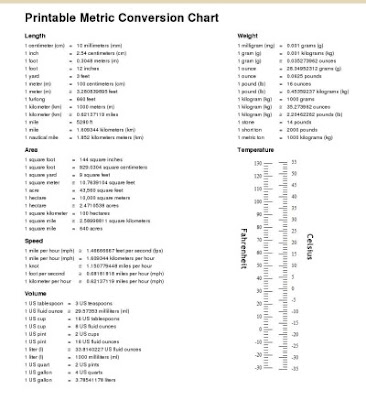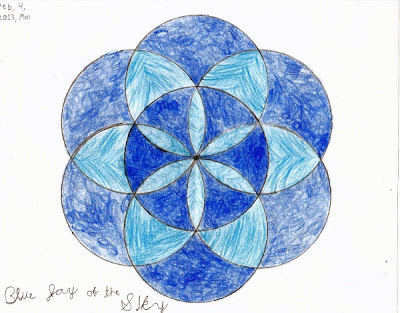Reflecting back - planning ahead
You might or might not be taking a break from school for summer. I know one family where the child does schoolwork 3 weeks, then is 1 week off, all year long. But many follow loosely the typical school year and will soon be off school for a while.
And this break time is a good time to reflect back on the past school year, past instruction, and also to plan ahead.
You know, I always encourage parents and teachers to see math instruction as a set of concepts, skills, and topics that you wish your student to master before some set point in time, instead of seeing it as "a book for this grade" or "these pages". You might still use a book or books, but study the book so you know which are the main topics in the book.
The "set point in time" does not have to be the end of a school year, either. Of course many homeschoolers realize this.
So what kind of concepts have your student or students studied this past year? Which ones are mastered? Which ones still need more practice?
A very big part of the elementary math (years 1-5) can be summarized in the fact that the children are learning the four operations addition, subtraction, multiplication, and division:
1) first with whole numbers
2) then with fractions
3) and with decimals.
Four operations, three kinds of numbers. Of course whole numbers in reality are decimals, but kids have to first start learning with whole numbers.
So this boils down to four operations, and two kinds of numbers. It's arithmetic, the art of calculating.
All in all, it's not that much material. It might seem like a lot, since it takes 5-6 years to cover, but in actual substance it is not that much. A lot of the topics get repeated a lot over the grades.
On grade 6 on, we also start encountering topics such as ratio, proportion, and percent — and two more operations: exponentiation and a tiny bit of square roots. Of course geometry and measuring topics are present on all grades.
You might want to glance over this chart again (I've posted this before):

(click to show larger image)
Consider where your child is at, and where you're going from now.
If you are planning to buy a math curriculum, or wish to find free curriculum materials, check the homeschool math curriculum resources section on my site. You will find reviews, plus these articles:
How to choose a homeschool math curriculum
Is your math curriculum coherent and logical?
Scope and sequence chart suggestion
Free and inexpensive curriculum materials - this is a list of materials that you can use to supplement, or in a pinch even for a complete curriculum if you plan it well.
The State of State Standards - an article rating the various states' mathematics standards and explaining the reasons why most states' standards are "substandard". Only three states got an "A" in this review.
And this break time is a good time to reflect back on the past school year, past instruction, and also to plan ahead.
You know, I always encourage parents and teachers to see math instruction as a set of concepts, skills, and topics that you wish your student to master before some set point in time, instead of seeing it as "a book for this grade" or "these pages". You might still use a book or books, but study the book so you know which are the main topics in the book.
The "set point in time" does not have to be the end of a school year, either. Of course many homeschoolers realize this.
So what kind of concepts have your student or students studied this past year? Which ones are mastered? Which ones still need more practice?
A very big part of the elementary math (years 1-5) can be summarized in the fact that the children are learning the four operations addition, subtraction, multiplication, and division:
1) first with whole numbers
2) then with fractions
3) and with decimals.
Four operations, three kinds of numbers. Of course whole numbers in reality are decimals, but kids have to first start learning with whole numbers.
So this boils down to four operations, and two kinds of numbers. It's arithmetic, the art of calculating.
All in all, it's not that much material. It might seem like a lot, since it takes 5-6 years to cover, but in actual substance it is not that much. A lot of the topics get repeated a lot over the grades.
On grade 6 on, we also start encountering topics such as ratio, proportion, and percent — and two more operations: exponentiation and a tiny bit of square roots. Of course geometry and measuring topics are present on all grades.
You might want to glance over this chart again (I've posted this before):
(click to show larger image)
Consider where your child is at, and where you're going from now.
If you are planning to buy a math curriculum, or wish to find free curriculum materials, check the homeschool math curriculum resources section on my site. You will find reviews, plus these articles:
How to choose a homeschool math curriculum
Is your math curriculum coherent and logical?
Scope and sequence chart suggestion
Free and inexpensive curriculum materials - this is a list of materials that you can use to supplement, or in a pinch even for a complete curriculum if you plan it well.
The State of State Standards - an article rating the various states' mathematics standards and explaining the reasons why most states' standards are "substandard". Only three states got an "A" in this review.


Comments